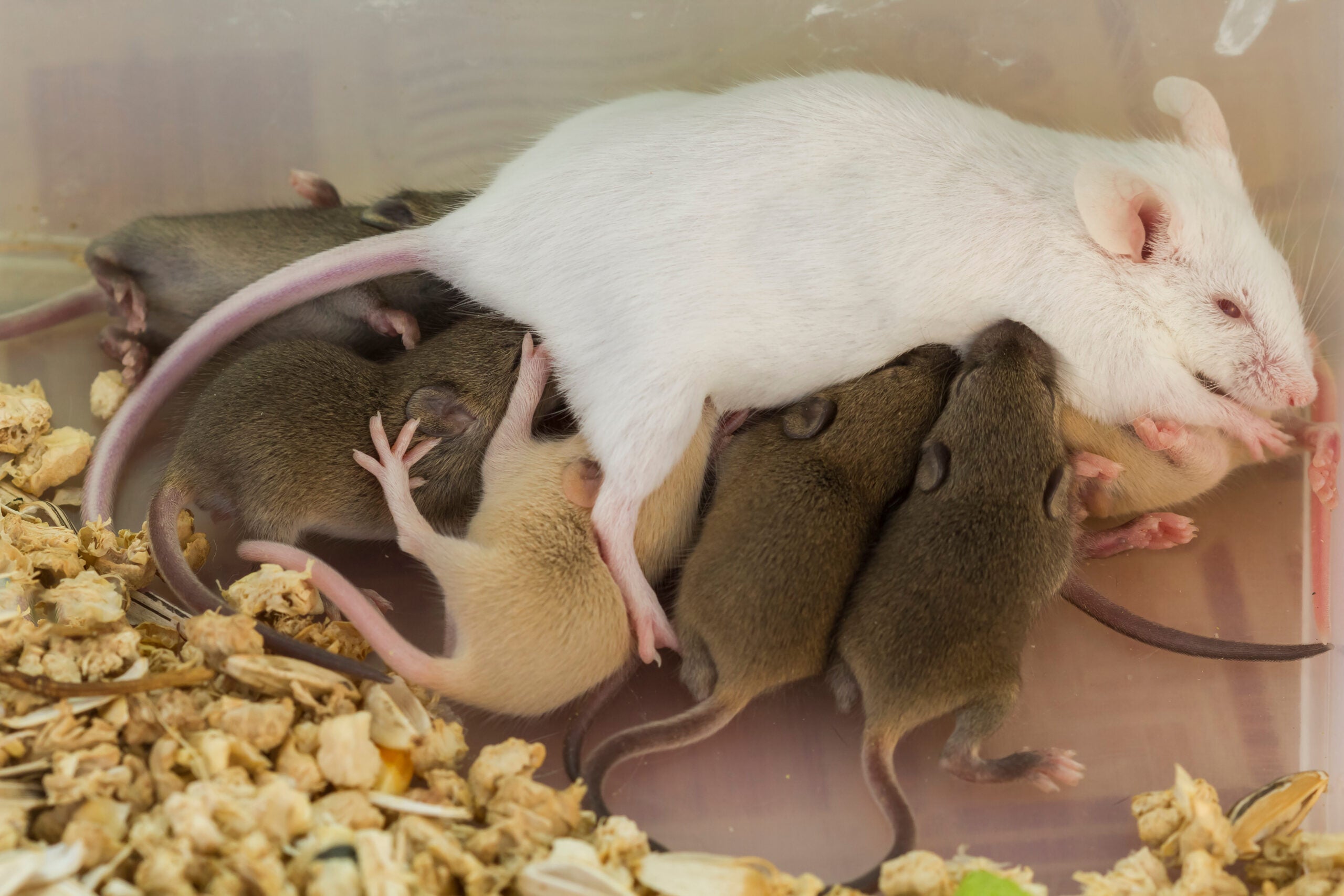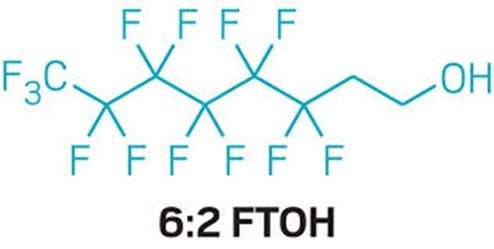Tom Neltner, Chemicals Policy Director, Maricel Maffini, consultant, and Tom Bruton with Green Science Policy Institute.
Update August 11, 21 – Added FDA’s Response to FOIA.
Results from an Environmental Protection Agency (EPA) investigation into PFAS-contaminated pesticides have much broader, concerning implications for food, cosmetics, shampoos, household cleaning products, and other consumer products, as well as recycling. This investigation, first announced earlier this year, found that fluorinated high-density polyethylene (HDPE) containers used for pesticide storage contained a mix of short and long-chain per- and polyfluorinated alkyl substances (PFAS), including PFOA, that leached into the product. From what EPA can tell, the PFAS were not intentionally added to the HDPE containers but are hypothesized to have been produced when fluorine gas was applied to the plastic.
Since EPA released its investigation, we have learned the disturbing fact that the fluorination of plastic is commonly used to treat hundreds of millions of polyethylene and polypropylene containers each year ranging from packaged food and consumer products that individuals buy to larger containers used by retailers such as restaurants to even larger drums used by manufacturers to store and transport fluids.
The process of polyethylene fluorination was approved by the Food and Drug Administration (FDA) in 1983 for food packaging to reduce oxygen and moisture migration through the plastic that would cause foods to spoil. The fluorination process forms a barrier on the plastic’s surface and it also strengthens the packaging.
Fluorination of plastic leading to the inadvertent creation of PFAS may be another reason these ‘forever chemicals’ show up in many unexpected places. This significant source of PFAS contamination needs to be addressed. Much remains to be resolved as FDA and EPA actively investigate this new source of PFAS; however, preventive steps need to be taken quickly, especially since other PFAS-free barrier materials are available as alternatives.
Growing evidence links PFAS to a wide range of serious health effects – from developmental problems to cancer.
Read More »











